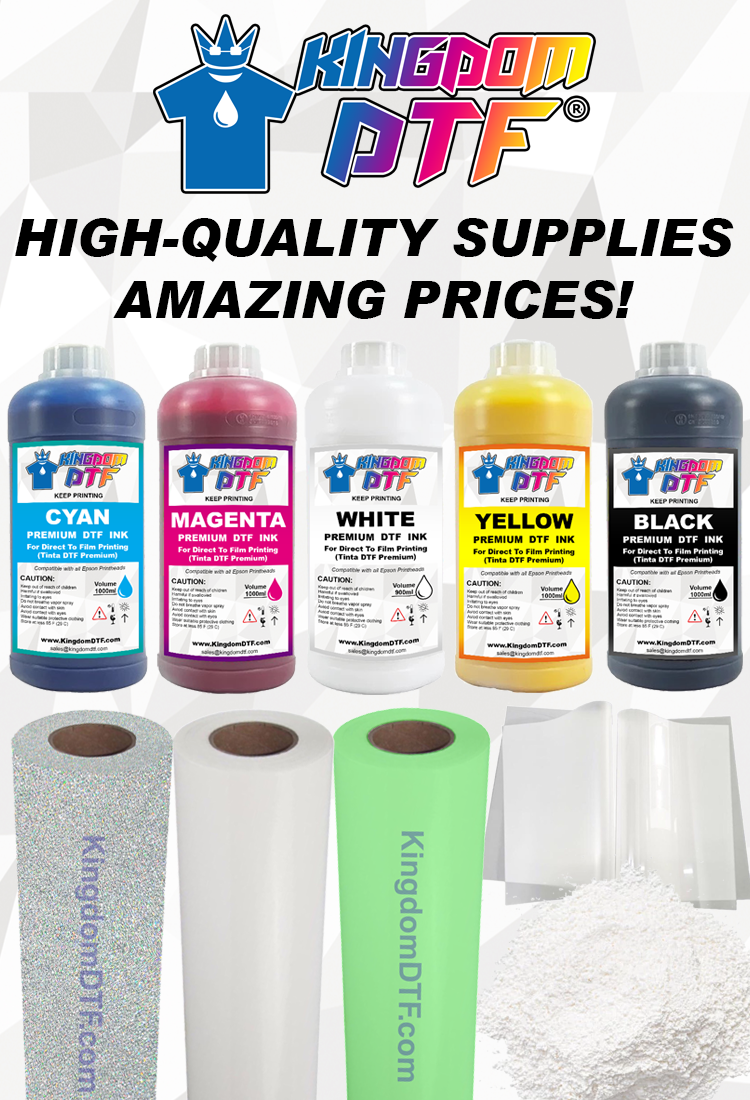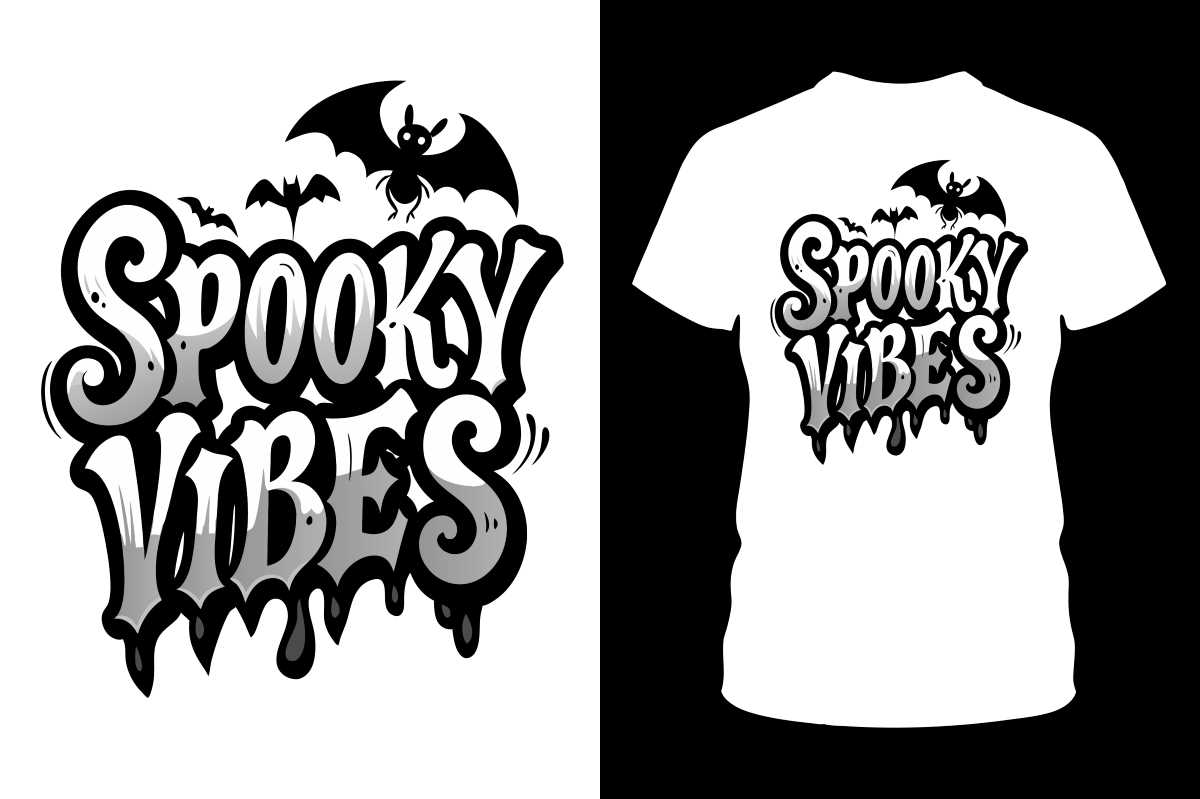DTF Printing Supplies are essential for anyone looking to dive into the innovative world of direct to film printing. This technique has gained popularity for its versatility and the high-quality results it can produce on a variety of fabrics. Before you embark on your DTF printing journey, grasping the necessary supplies and equipment is crucial for success. In this comprehensive guide, we will discuss everything from DTF printer requirements and compatible inks to the best places to purchase DTF supplies. Join us as we unveil tips on how to start DTF printing and maximize your print quality!
When exploring the exciting domain of direct to film printing, it’s vital to understand the terminology and components involved. This unique printing style, often referred to as DTF printing, requires specific materials and tools to ensure professional results. The process primarily relies on specialized printers, films, and inks designed to work cohesively. Additionally, knowing how to efficiently transfer your designs onto garments can significantly impact your success in this business. Stay tuned as we unpack the various alternatives and essentials for your DTF printing endeavors, ensuring you have all the knowledge you need to thrive.
Understanding DTF Printing Technology
DTF printing, or Direct to Film printing, serves as a groundbreaking approach in the realm of transfer printing. Unlike traditional methods such as screen printing or sublimation, DTF technology allows for a far more expansive range of fabric compatibility. From cotton to polyester, and even blends, DTF printing opens up creative possibilities that can cater to both personal projects and commercial applications. With its straightforward application process, it becomes an appealing choice for entrepreneurs and graphic designers looking to print bold designs at scale.
To truly appreciate the innovation behind DTF printing, it’s crucial to recognize its capabilities. The process involves printing vibrant designs onto a special film, which then gets heat-pressed onto the target fabric. This versatility not only qualifies it as an efficient method but also highlights how it can accommodate various printing demands, from detailed graphics for custom apparel to large-scale production for merchandise.
Key DTF Printing Supplies You Need
When embarking on your DTF printing adventure, there are several essential supplies that are foundational to success. First and foremost is the DTF printer itself, which is specialized for this type of printing technology. These printers are designed to deliver exceptional color vibrancy and precision required for creating stunning designs. Coupled with high-quality transfer films and DTF-compatible inks, these items form the backbone of your DTF printing setup.
In addition to printers and inks, another critical component is the adhesive powder used in the DTF process. This special powder is applied to the printed film immediately after printing, ensuring that the ink adheres correctly once heat-pressed onto the fabric. Investing in quality transfer films and adhesive powders will significantly impact the print’s quality and durability, making it a non-negotiable aspect for anyone serious about DTF printing.
Exploring DTF Printer Requirements
Understanding DTF printer requirements is essential for anyone considering this printing method. These printers usually come with specific technical specifications that differentiate them from everyday inkjet printers. Notably, DTF printers must be capable of printing in a larger format, often featuring specialized ink channels that allow for thicker, more colorful prints. Furthermore, aspects like print resolution and speed also play crucial roles in meeting the demands of a busy printing environment.
It’s also important to ensure that your printer is compatible with the specific DTF inks you intend to use. Since DTF printing relies on unique inks formulated for this process, ensuring compatibility with your printer can help minimize issues such as clogged print heads or poor color reproduction. Therefore, doing thorough research on DTF printers and their requirements can save you time and resources in the long run.
Purchasing DTF Supplies: What You Need to Know
When it comes to purchasing DTF supplies, knowledge is key. It’s advisable to source from reputable suppliers who specialize in DTF printing materials to guarantee quality and performance. Look for suppliers that provide comprehensive product information and support, particularly regarding compatibility with your printing setup. This diligence ensures you are not only acquiring the right products but also receiving valuable insights about optimal usage.
Additionally, consider exploring bulk purchasing options to reduce costs. Many suppliers offer discounts for bulk orders, which can be particularly advantageous for businesses aiming to scale their printing operations. By aligning your supplies with your demand, you can effectively manage inventory while ensuring a continual flow of DTF printing projects.
Tips on How to Start DTF Printing Effectively
Starting your DTF printing journey requires careful planning and a foundational understanding of the process. First, consider enrolling in online courses or watching tutorial videos that cover the basics of DTF printing. Understanding how to set up your printer, select the right materials, and execute design transfers can help streamline your initial projects. These resources offer insights into equipment settings and troubleshooting common issues that you may encounter.
Joining online communities also provides invaluable support. These forums are filled with experienced DTF printers who can offer advice, share tips, and even troubleshoot problems. Engaging with others in the field not only builds knowledge but also sparks inspiration for future projects, making it an essential aspect of your journey in DTF printing.
Comparative Analysis of DTF Printing and Other Techniques
In the world of printing, understanding the differences between DTF printing and other techniques is important for making an informed decision. DTF printing is often compared to sublimation and screen printing. While sublimation is limited to polyester fabrics and certain coatings, DTF printing expands the options significantly, enabling users to print on cotton and blends. This versatility makes DTF printing an attractive option for a broader audience.
Moreover, the cost-effectiveness of DTF printing can be a deciding factor for small businesses and startups. Unlike traditional screen printing, which involves significant setup costs for each design, DTF printing offers a more sedimentary approach, allowing for smaller runs without the upfront expense. This aspect makes DTF particularly appealing for those just starting their journey into the printing industry, who wish to manage budgets efficiently.
Frequently Asked Questions
What essential DTF printing supplies do I need to get started?
To begin DTF printing, you will need specific supplies, including a DTF printer, transfer film, DTF compatible inks, adhesive powders, and a heat press machine. Each of these supplies is crucial for achieving high-quality prints on various fabrics.
Where can I purchase DTF supplies for my printing needs?
You can purchase DTF supplies from various retailers online, including specialty printing suppliers, craft stores, and e-commerce platforms. Look for reputable brands to ensure the quality of your DTF printing materials.
What are the specific requirements for a DTF printer?
When looking for a DTF printer, ensure it is specifically designed for direct to film printing. Key requirements include the ability to handle DTF inks, adjustable settings for different fabric types, and compatibility with the transfer film you’ll be using.
How do I start DTF printing at home?
To start DTF printing at home, gather essential supplies, research DTF printing techniques through tutorials or online courses, and practice with small projects to become familiar with the printing process and settings.
What is the role of adhesive powder in DTF printing?
Adhesive powder plays a vital role in DTF printing by ensuring the ink adheres to the fabric during the transfer. After printing on the transfer film, sprinkle the adhesive powder over the wet ink, and it will melt during heat transfer, securing a permanent bond.
Is DTF printing cost-effective compared to other printing methods?
Yes, DTF printing can be more cost-effective than other methods like sublimation, as it typically requires lower initial equipment investments and offers versatility in printing on a wider range of fabrics and colors.
| Key DTF Printing Supplies | Description | Importance | |
|---|---|---|---|
| DTF Printers | Specialized printers for DTF applications, ensuring vibrant colors and clear details. | ||
| Transfer Film | Coated film that allows ink to adhere effectively for the transfer process. | ||
| DTF Compatible Inks | Inks designed specifically for DTF printing that ensure durability and vibrancy. | ||
| Adhesive Powders | Powder that melts during heat transfer, ensuring proper ink adherence to fabric. | ||
| Press Machine | Applies necessary heat and pressure during the transfer process for lasting prints. | ||
Summary
DTF Printing Supplies are essential for anyone looking to venture into the exciting world of DTF printing. This innovative technique not only allows for high-quality prints on a diverse range of fabrics, but it also opens up possibilities for both hobbyists and business owners alike. With the right supplies—such as DTF printers, transfer films, and specialized inks—you are well-equipped to start your DTF journey. The booming market for DTF printing, along with recent advancements like expanded production capabilities and new services from established companies, highlights its potential for profitability and creative expression. By understanding these supplies and engaging with the DTF community, you can develop the skills necessary to produce stunning designs that stand out. Stay informed and embrace the evolving landscape of DTF printing supplies for the best results.



